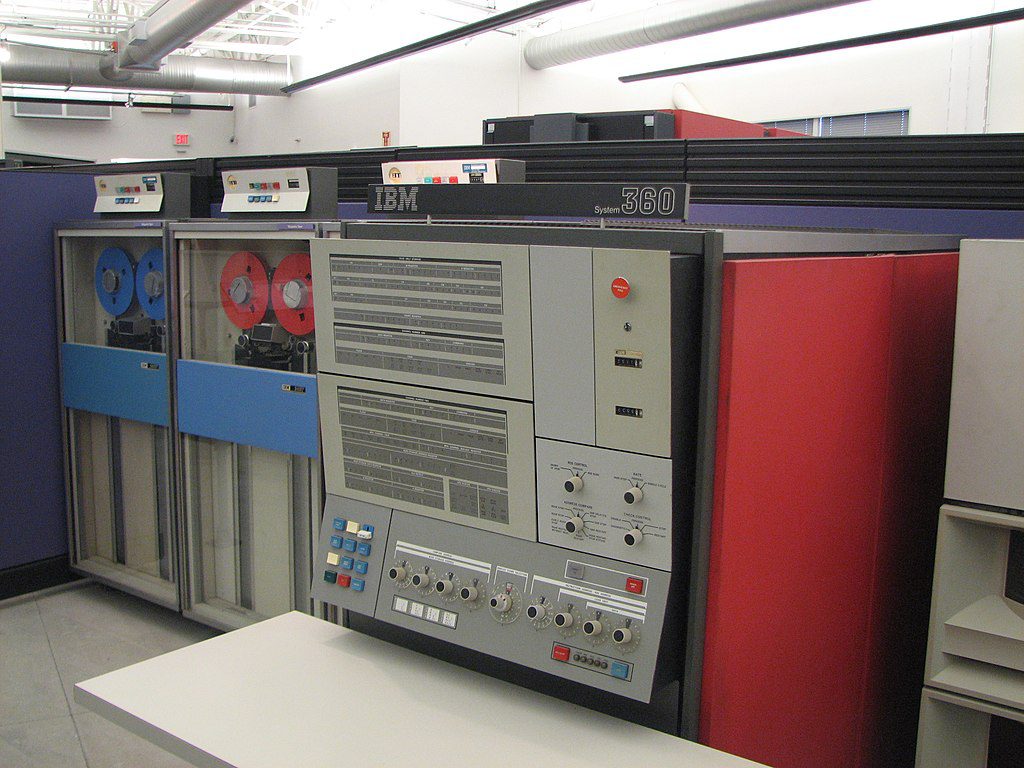The legacy application is a very important part of the business today. It cannot be overlooked so easily in spite of all its limitations and flaws. Companies across the globe are hesitant to upgrade or modernize their legacy systems for fear that it might disrupt their day-to-day activities, which would lead to losses for them.
There are many types of legacy applications, like those used for enterprise resource planning, accounting, and customer relationship management.
Applications that are still running on old technology are becoming a serious problem for businesses. They inevitably lead to disruptions in the process and this is exactly what companies want to avoid.
To avoid such situations, businesses should think about how they can make their existing applications more efficient and scalable. In this article, we will look at steps that can be taken to modernize legacy applications.
Understand the business logic and functionality of the legacy application
Understand how the business logic of the legacy application works. To do this, it is imperative that you sit and walk with different teams such as sales, marketing, operations, etc.
Understand the functionality of your legacy application by reading through all of its documentation and checking out its portal to see where there are gaps and solutions for those gaps that have already been implemented by other vendors who have already taken up this challenge.
Understand what kind of technology stack your application is running on so that you can have a plan on how to port your application to the new stack. “Planning for a modernization project is largely reliant on understanding legacy technology, business processes, and desired outcome.
Find out what the user needs are for the new version
The most important part of modernizing legacy applications is understanding the needs of the user before making changes to the software. This means taking time to talk with users and getting a better understanding of their workflows and needs. This is something that many companies often forget to do and thus indicates why modernizing legacy applications can be so challenging.
Design a mock-up of what the user interface will look like
The user interface (UI) is the control panel that allows a user to interact with a machine, a computer program, or other devices. As technology advances, it is imperative to modernize the interface of legacy applications in order to make the application more efficient and user-friendly.
A mock-up will help us visualize and plan how we want to design the UI. Moreover, it gives us an idea of what we should include and exclude from our design prior to actually designing it.
Next, you must consider how to implement these designs using HTML5, CSS3, JavaScript, and jQuery to give users an optimal experience across platforms. Finally, you should explore other emerging technologies that are available for developers to create engaging experiences for their customers on today’s most popular OSes and devices.
Identify any potential obstacles in implementing the changes
The process of modernization is often complex and costly, with many technical challenges standing in the way.
The inevitability that businesses will be faced with modernization can lead to a number of obstacles that need to be overcome. The key is to identify these obstacles before they impact your business so you can work out a strategy that will enable you to maintain high-quality service levels while reducing costs throughout the transition process.
The following are some potential obstacles that stand in the way of modernizing your business software:
- Lack of skilled developers
- Limited budget for IT projects
- Lack of management or leadership support
- Difficulty sourcing the requisite skills
- Complexity of legacy software
- Inability to upgrade to the latest technologies
- Lack of time to manage large-scale software projects
Choose a legacy application modernization strategy
Legacy applications are not easy to modernize. In order to stay in front of the competition, companies need to choose a strategic approach that will help them modernize legacy applications.
Encapsulating: Leverage and extend the application features by encapsulating them into an API that can be controlled, created, and maintained outside of the client.
Rehosting and Replatforming: Rehosting is a process by which an existing legacy application is moved into a new application that has similar functionality and a different backend framework. Replatformed applications use different architectures but have similar functionality as compared to their original counterparts.
Refactoring, Rearchitecting, Rebuild and Replace: This strategy aims to replace the old version of the legacy software with new versions that are more efficient while implementing fewer changes at the same time.
Choose the Application Modernization Approach
In order to increase productivity, agile architecture can be applied. With this approach, organizations are able to handle their workload in a better way by making changes and adapting quickly to market dynamics.
The way agile architecture is implemented usually comes with a cost in the form of training and integration costs. However, it also produces additional savings that come from mitigating downtimes and unplanned work.
Make any adjustments needed per feedback from testing
After a legacy application was updated, the user experience and functionality were improved. The testing phase is the most important step in this process. Feedback from the testers helps you maximize your time and resources by balancing the users’ needs.
Final Words
The legacy application is the term for an application that is no longer supported or developed by the software provider. In this case, it refers to a legacy system or an old version of a system.
In order to modernize your legacy application and improve its performance, consider choosing the right modernization partner who updates your system with the latest technology and makes it scalable as well as secure.












